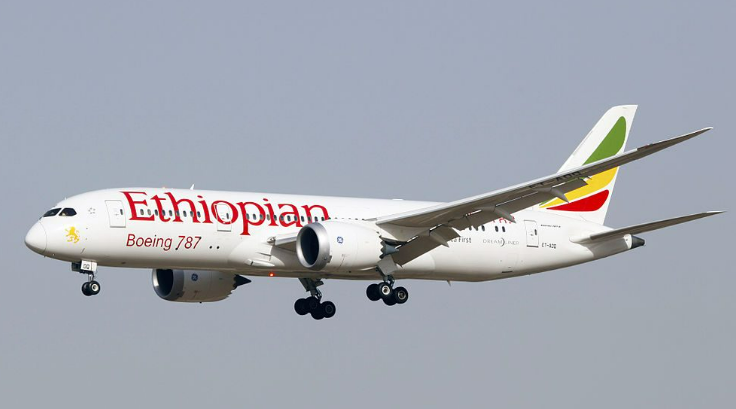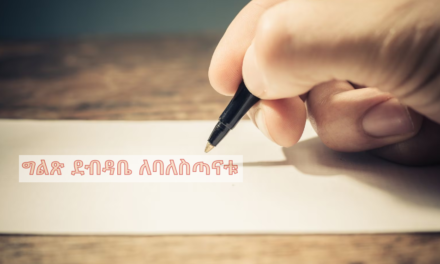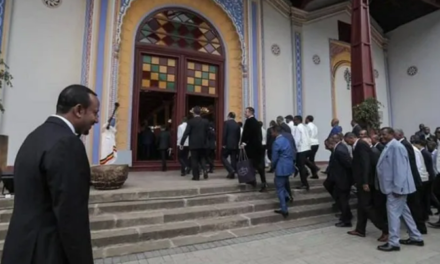EVN, September 1 — An Ethiopian Airlines flight has captured global attention by making a risky landing amidst a super typhoon, as reported by Bloomberg.
On Friday evening in Hong Kong, the Boeing 787 Dreamliner touched down almost three hours after the preceding passenger plane had landed, attracting global attention during the adverse weather conditions. The landing took place amid strong winds sweeping the city.
Data from FlightRadar24 revealed that the Ethiopian Airlines flight had garnered the attention of 6,400 people worldwide, making it the most closely monitored aircraft in the skies at that moment.
Despite challenging circumstances, including an extremely wet runway, significant windshear, and a forecast of moderate turbulence, with a formidable crosswind of 32 knots, the 787 successfully completed its landing.
Other carriers including Cathay Pacific and Hong Kong Airlines chose to cancel their services in response to the impending super typhoon.
Cathay Pacific, Hong Kong’s flagship carrier, announced the cancellation of all flights between 2 pm on Friday and 10 am on Saturday. Hong Kong Airlines, on the other hand, canceled 21 flights on Friday and 11 on Saturday. The cumulative impact resulted in over 460 flight cancellations on Friday alone.
Typhoon Saola, characterized by winds exceeding 200 kph (125 mph), was predicted to make landfall along the Guangdong coast on Friday night or Saturday morning, according to China’s National Meteorological Centre. Hong Kong and neighboring Macau lay in the storm’s path. Hong Kong, which employs a five-tier typhoon ranking system, had raised the Signal 8 warning, signifying a severe typhoon threat. In anticipation of the storm’s arrival, residents flocked to supermarkets, leading to long queues.
Authorities, prioritizing safety, took measures to close the Hong Kong-Zhuhai-Macau Bridge, connecting the three cities, from Friday afternoon onward. Additionally, all schools in the city remained closed on Friday, despite it being the first day of the term for many students.








